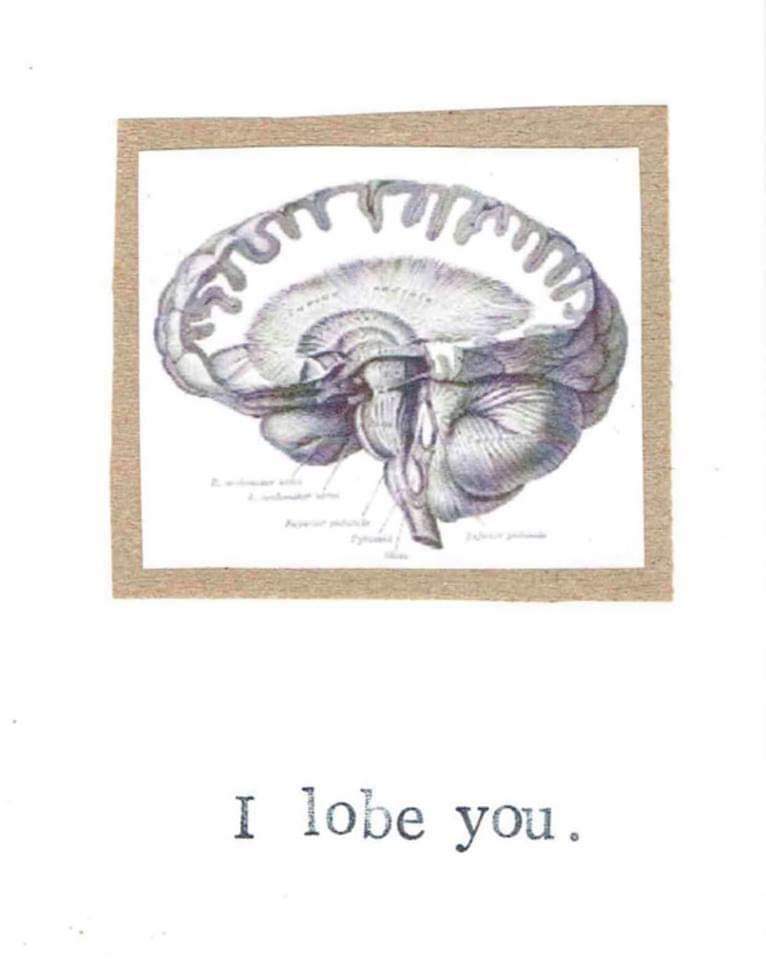Why ADHD girls still stay underdiagnosed in comparison with ADHD boys.

When Fryda’s mum came for our weekly OT session, she revealed her news to me that took me by surprise. She has started the process of getting an ADHD diagnosis for herself. Emily is a 43 years old physician and mother of two children, one of these having a very rare chromosomic syndrome. I have known Emily (whilst treating her daughter Fryda) more than 5 years now, and whilst she was describing her childhood symptoms, I could recognise those exact symptoms in many girls from my closer family and friends environment that although there were not my patients, I was sure that they definitely matched the description of the symptoms that Emily was describing.
As a paediatric OT, I have assessed and seen hundreds and hundreds of ADHD boys, but after this session I came to realise that I haven’t seen than many girls with ADHD. Why is that?
Well, the answer remains unclear.
Although more studies need to be conducted to have a better understanding about the genetic factors of neurobiological differences in ADHD diagnoses in the two genders, we know from research, that ADHD is diagnosed and treated more often in males than in females. There is increasing evidence that males' and females' brains develop and mature at different rates, implying that the trajectory of early abnormal brain development in ADHD may also be sex-specific.
Girls, especially in primary school ages, are difficult to be identified and so remain underdiagnosed because of differences in the expression of the disorder among them and the boys. The girls at this age (and even younger) appear to be highly anxious, very sensitive under criticism and pressure, have low self-esteem and hyperactive but not in a “boy” manner, rather than in a more day-dreaming and wasting-time-for-no-obvious-reason manner.
Whilst the ADHD boys in primary school experience more externalizing symptoms (e.g., hyperactivity which is externalised and is often accompanied by impulsivity, anger, and provocative behaviours) and are almost always picked and referred for an ADHD assessment by classroom staff because of disruptive behaviours, the girls appear to be the always-good-students that in reality, this presentation might be the outcome of tones of emotional and somatic effort to mask directly observative symptoms until puberty.
You don’t have to be an expert to see that factors such as academic underachievement, comorbid mental disorders and hormonal changes at puberty — especially the higher levels of estrogen and progesterone — can bring ADHD to surface more easily than what is observed in primary school years.
Thus, underdiagnosis of ADHD in girls may lead to a higher number of women than men being diagnosed in teenager years and adulthood, relative to childhood.
- But Emily, how come you managed to become such a great person, a mum and a doctor after having to deal with ADHD in more or less your whole life? I asked Emily at the end of the session.
- Well, I'm not sure. I guess the environment was supportive, never felt that I was judged and my attachment with my parents was quite secure. I will never forget my dad, when my mum had already given up, coming close to me at bedtime whilst I was just sitting on the carpet with one sock half-off, wasting time to get into my pyjamas, to approach me with a calm voice saying "Ok, princess, let's discuss it".
- I thought so, I replied and waved goodbye to my sweet Fryda.
Sources
Ginsberg, Y., Quintero, J., Anand, E., Casillas, M. and Upadhyaya, H.P., 2014. Underdiagnosis of attention-deficit/hyperactivity disorder in adult patients: a review of the literature. The primary care companion for CNS disorders, 16(3), p.23591.
Mahone, E.M. and Wodka, E.L., 2008. The neurobiological profile of girls with ADHD. Developmental disabilities research reviews, 14(4), pp.276-284.
Mowlem, F., Agnew-Blais, J., Taylor, E. and Asherson, P., 2019. Do different factors influence whether girls versus boys meet ADHD diagnostic criteria? Sex differences among children with high ADHD symptoms. Psychiatry research, 272, pp.765-773.
Rosenthal, E.A. and Hinshaw, S.P., 2023. Pubertal timing in adolescents with ADHD: extension and replication in an all-female sample. European Child & Adolescent Psychiatry, pp.1-9.
Skogli, E.W., Teicher, M.H., Andersen, P.N., Hovik, K.T. and Øie, M., 2013. ADHD in girls and boys–gender differences in co-existing symptoms and executive function measures. BMC psychiatry, 13, pp.1-12.
